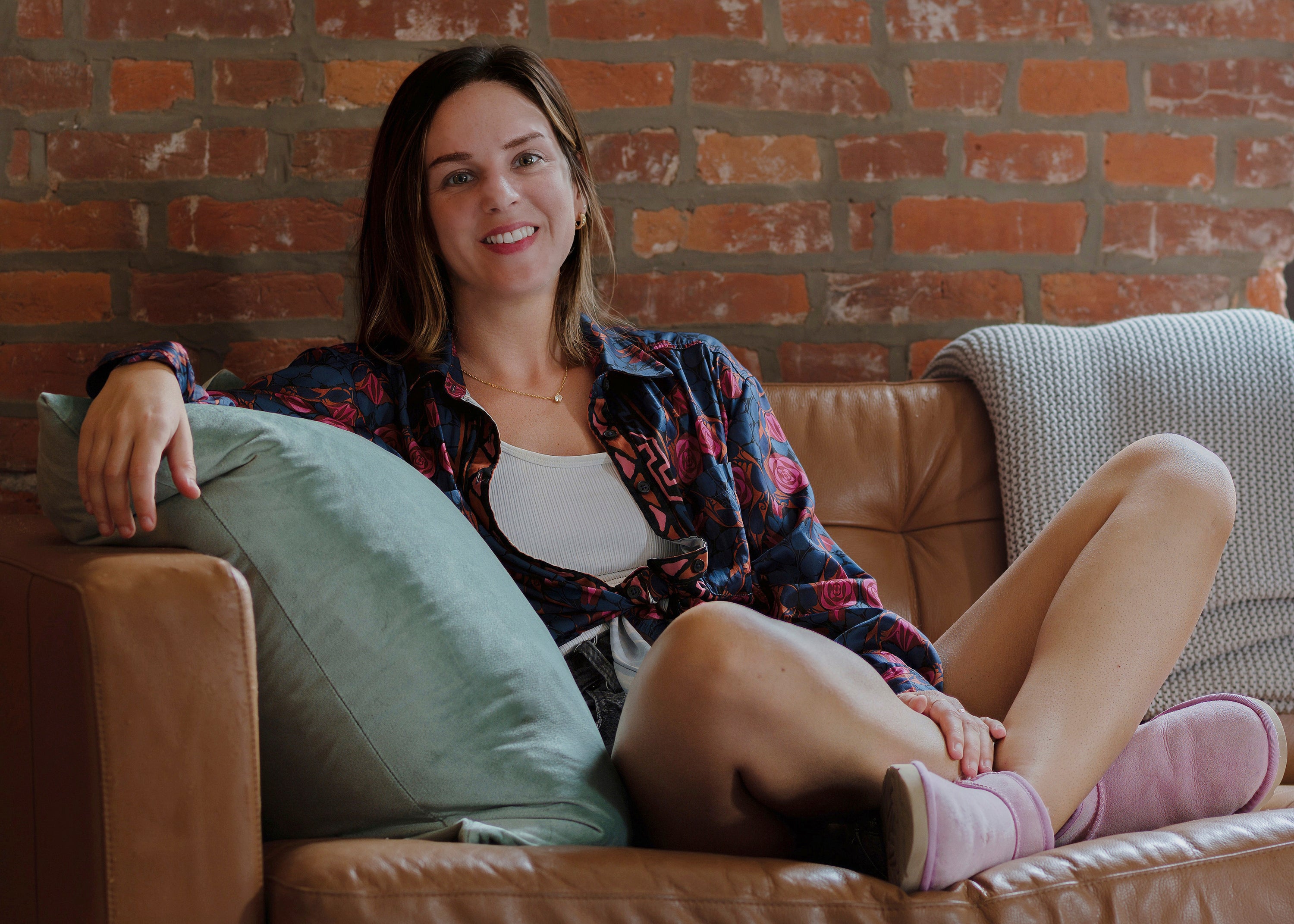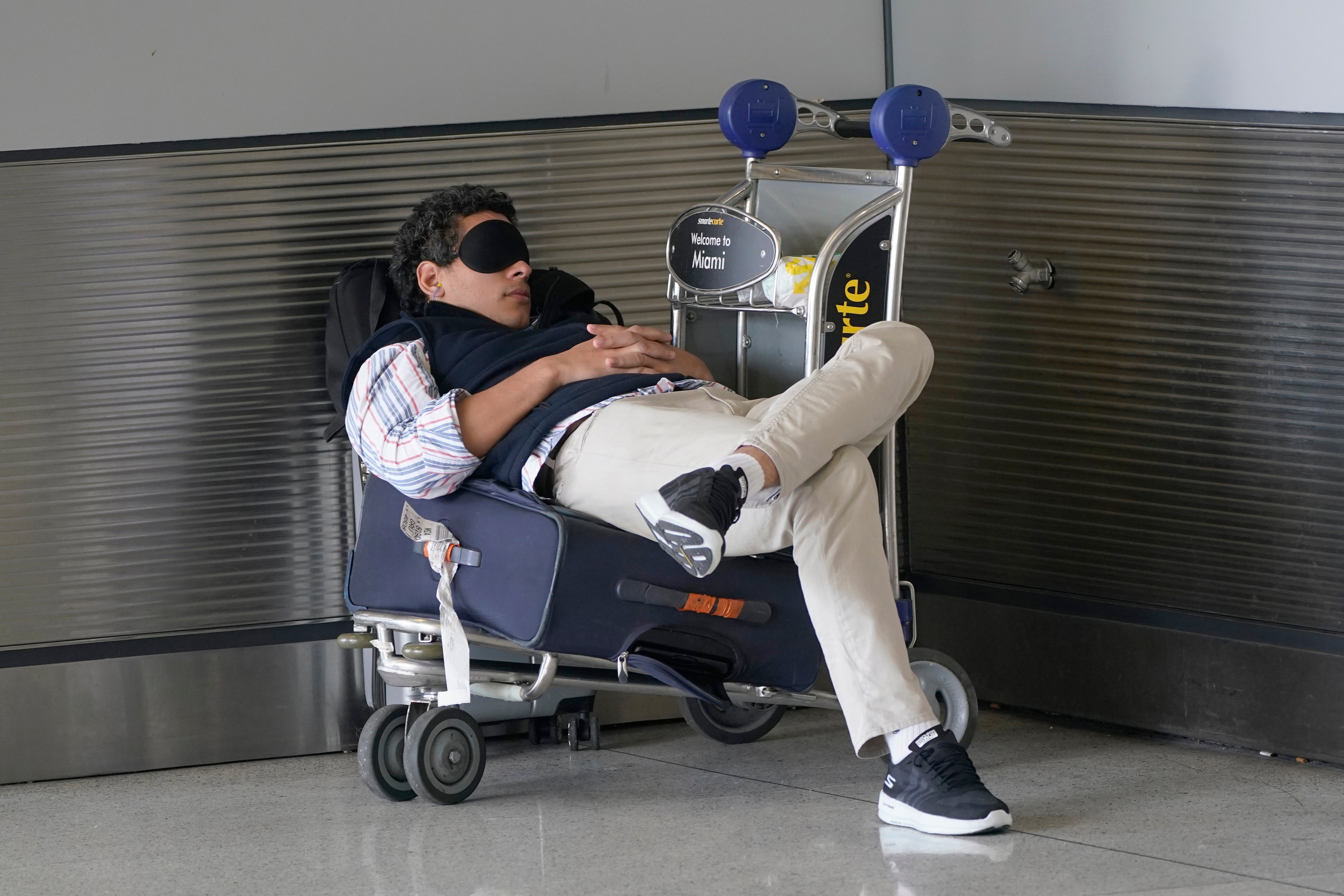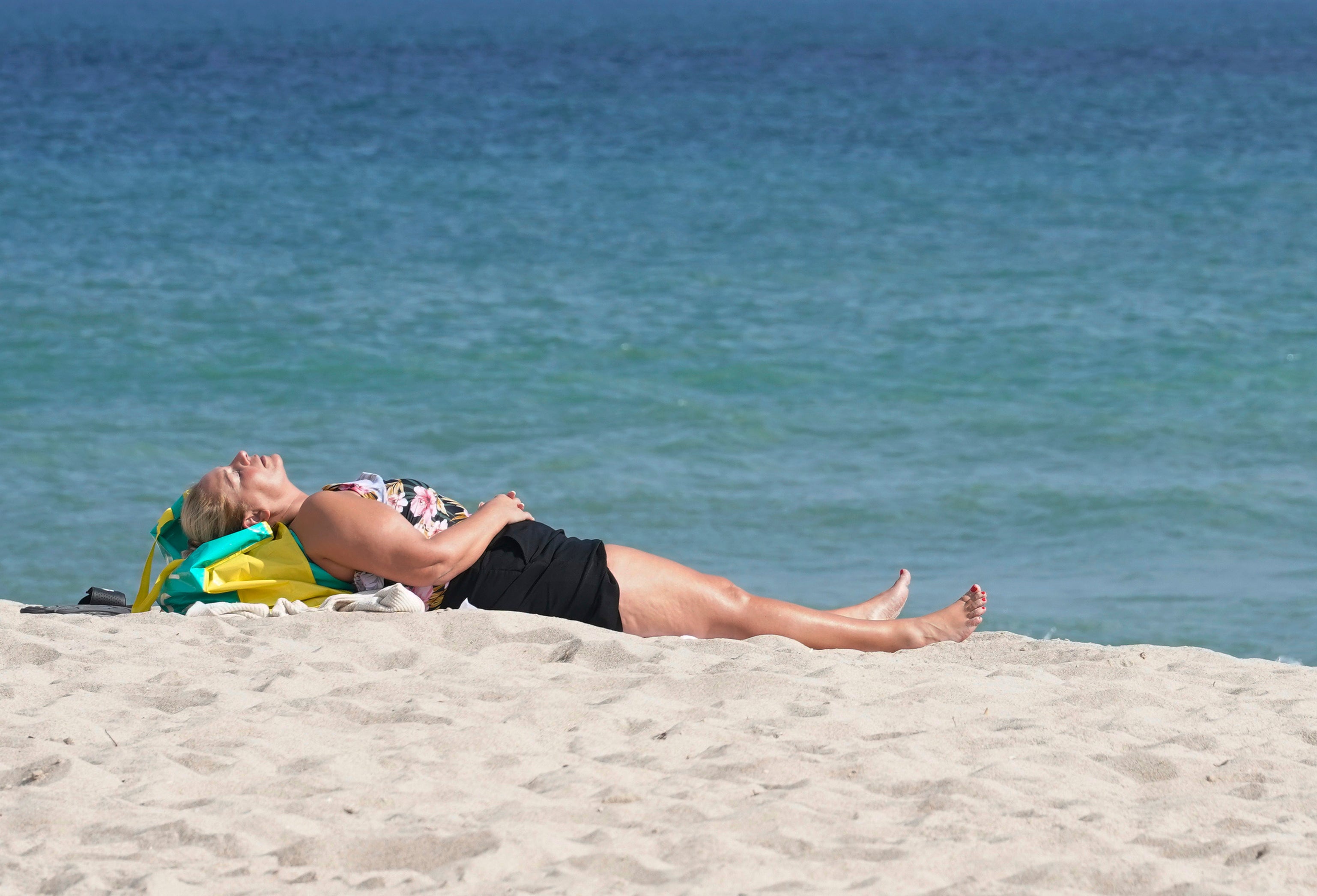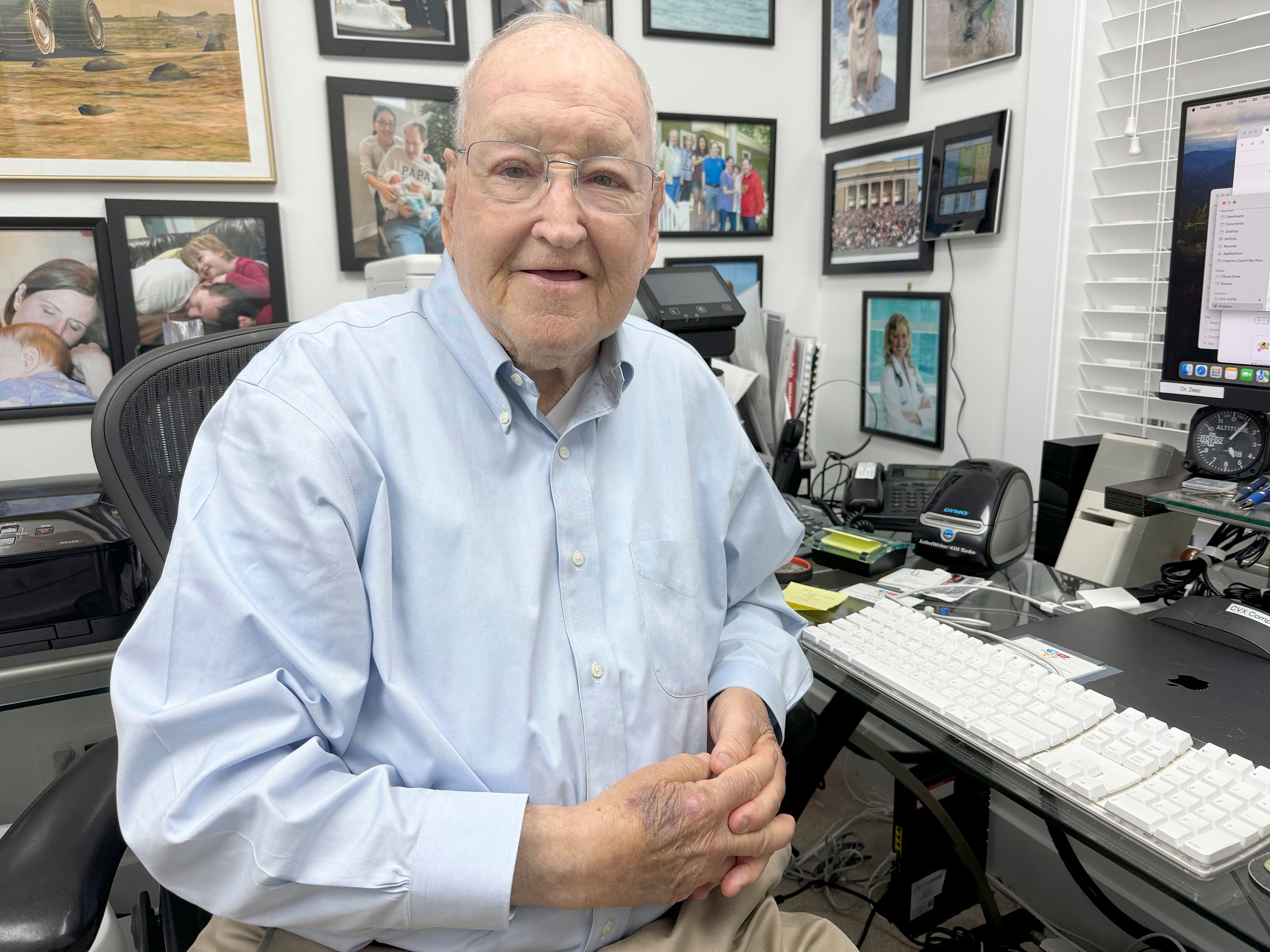This website uses cookies so that we can provide you with the best user experience possible. Cookie information is stored in your browser and performs functions such as recognising you when you return to our website and helping our team to understand which sections of the website you find most interesting and useful.
Support truly
independent journalism
Our mission is to deliver unbiased, fact-based reporting that holds power to account and exposes the truth.
Whether $5 or $50, every contribution counts.
Support us to deliver journalism without an agenda.

Louise Thomas
Editor
Now that she’s working from home, Kendra King takes an early afternoon nap on most days, typically for about 20 to 30 minutes.
“A lot of times, I don’t go in with the intention of taking a nap, but instead to lay down and rest,” said King, a writer in Philadelphia. “Then I end up drifting off and wake up feeling energized and fresh to continue on my day.”
King didn’t realize she had settled naturally into the napping routine that sleep experts recommend. Or that researchers say short naps improve motor skills, enhance memory and boost creativity, even though she has felt it.
“I’m definitely more creative after napping,” she said.
That’s because so-called power naps lasting less than 30 minutes allow the brain to rest in a way that makes you more alert, experts say. The naps are not so long that you slip into deeper sleep that would leave you groggy after waking up.

“We know it’s an easy, helpful way to quickly boost your alertness, your concentration, your productivity, your creativity and your mood. It’s a royal flush,” said James Maas, who spent 48 years studying sleep as a Cornell University professor.
Maas, author of “Sleep for Success! Everything You Must Know About Sleep But are Too Tired to Ask,” said nearly everyone experiences an afternoon lull in their energy. It comes down to the body's circadian rhythm, which includes two periods of drowsiness every 24 hours, once at night and again between about 2 and 4 p.m.

In a typical night, people go through several 90-minute sleep cycles spread over five stages, from light to deep sleep, with the deepest falling toward the middle. Daytime sleep follows the same cycle, which is why Maas doesn’t recommend hourlong naps. Waking up from such deep sleep can take up to an hour to return to normal, thanks to what’s called sleep inertia.

Shorter naps only include stage-two sleep, which is particularly helpful for alertness and memory, said Sara Mednick, a sleep researcher at University of California-Irvine.
“It’s like putting yourself into low-power mode just for a little bit and letting your body recuperate,” said Mednick, author of “Take a Nap! Change Your Life.”
Her research has found that naps work better than caffeine and a placebo to improve cognitive functioning. In fact, that afternoon cup of coffee is the least effective of all three.
“We showed better effects with the placebo on performance than with the caffeine,” she said. “So if you think you’re getting caffeine, you’re going to perform better than if you actually get caffeine.”

How to start
Find a quiet, dark and cool space and set a timer for 15 or 20 minutes, which is a good starting point until you see how your body adjusts.
Even if you feel like you haven’t slept, you still get benefits, Mednick said. People don’t feel like they are asleep until they have reached deeper, slow-wave sleep in stage three.
“Your brain is still alerting you to the world around you when you’re in stage-two sleep,” she said. “But that doesn’t necessarily mean that you’re not getting the benefits of sleep.”
Experts say short naps don’t interfere with nighttime sleep, as long as they’re not too late in the day. Aim for taking a nap around 6 or 7 hours after waking up, and try to nap at the same time every day.
Mednick recommended saving longer naps for the weekends, or when you have time to sleep a full 90 minutes. After about half an hour, you enter slow-wave sleep, which helps the body repair muscle tissue. REM, or rapid-eye movement, sleep comes at the end of the cycle; it’s associated with fanciful dreams and helps process emotions.
The only people who should avoid napping are those who have trouble sleeping at night, Maas said. Senior citizens in particular should be vigilant because they tend to nap for too long during the day.
Mednick’s research also has shown that napping is not for everyone. About half the people she has tested didn’t get anything out of it.
“I’d say to those people who really don’t like to nap, ‘Listen to your body.’”



 Africana55 Radio
Africana55 Radio 
